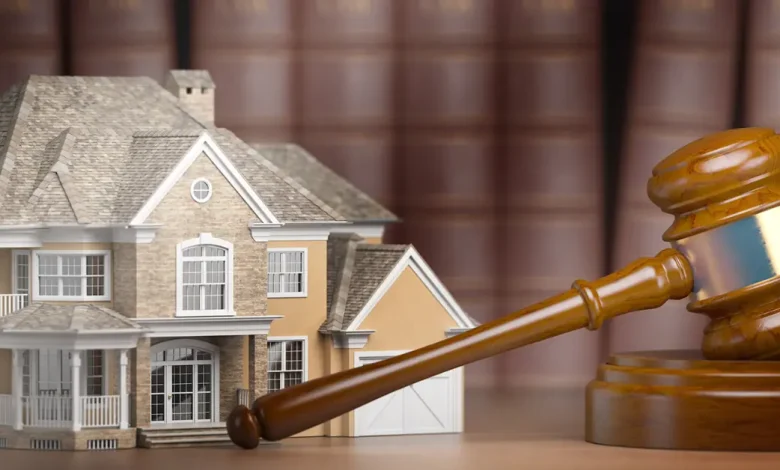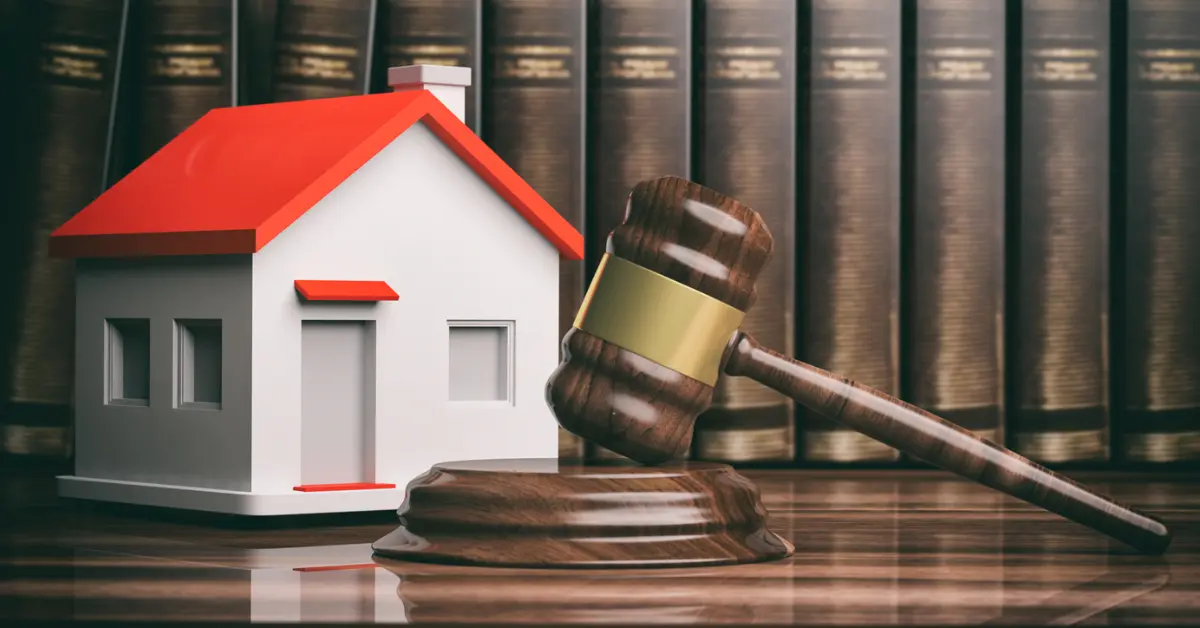Legal Showdowns and Architectural Wonders: Great Western Buildings Lawsuits

Introduction to the Great Western Buildings Lawsuits
Welcome to the world of architectural drama and legal showdowns! From towering skyscrapers to historic landmarks, the Great Western Buildings Lawsuits have shaped the landscape of construction law and design innovation. Step into a realm where creativity clashes with compliance, where disputes fuel progress, and where iconic structures stand as testaments to both vision and litigation. Join us on a journey through some of the most intriguing legal battles in architecture – it’s time for a behind-the-scenes look at the clash between artistry and legality in the world of Great Western Buildings Lawsuits.
The History of Legal Disputes in Architecture
Architecture has long been a battleground for legal disputes, shaping how buildings are designed and constructed. From ancient times to modern times, conflicts have arisen over property rights, construction defects, and design infringement. These legal battles have not only influenced the architectural landscape but also highlighted the complexities of balancing creativity with compliance.
One of the earliest recorded disputes dates back to ancient Rome when architects were held accountable for structural failures in public buildings. Fast-forward to more recent history and lawsuits have involved issues such as zoning regulations, environmental impact assessments, and intellectual property rights.
Notable cases like the Guggenheim Museum’s controversial design or Frank Gehry’s Stata Center at MIT showcase how innovative architecture can sometimes clash with regulatory standards. As architecture continues to push boundaries and challenge norms, it is essential for designers to navigate legal frameworks effectively.
Understanding the historical context of these legal showdowns can provide valuable insights into how architects can approach their work within a framework that upholds both innovation and regulatory adherence.
Notable Cases and Their Impact on Architecture
Architectural history is riddled with notable legal cases significantly impacting the field. One such case involved the iconic Guggenheim Museum in New York City, designed by Frank Lloyd Wright. The museum’s unconventional design faced backlash from traditionalists but ultimately set a new standard for architectural innovation.
Another noteworthy case is the Sydney Opera House in Australia, a masterpiece by architect Jørn Utzon. The project was plagued with budget overruns and construction delays, leading to a high-profile legal battle highlighting the challenges of balancing artistic vision with practical constraints.
Similarly, the Pompidou Center in Paris sparked controversy due to its inside-out design concept. Architects Renzo Piano and Richard Rogers faced criticism for challenging conventional norms but ultimately left a lasting impact on modern architecture.
These cases remind us of the delicate balance between pushing boundaries and adhering to regulations within the architectural realm – a dance that continues to shape our built environment today.
Controversial Buildings and Their Legal Battles
Controversial buildings have often been the centre of legal battles due to their avant-garde designs or contentious features. From striking modern structures to historic landmarks facing preservation challenges, these architectural marvels have sparked heated debates and court proceedings.
One such case involved a futuristic skyscraper that clashed with traditional city zoning regulations, leading to a lengthy courtroom showdown over its towering height and unconventional facade. The clash between innovation and conformity played out in a legal drama that captured the attention of architects and urban planners worldwide.
In another instance, a historic building faced demolition threats to make way for new development projects, prompting heritage conservationists to wage a fierce legal battle against property developers seeking to reshape the city skyline. The clash between progress and preservation underscored the delicate balance between honouring history and embracing modernity in architectural design.
These controversial buildings serve as reminders of the complex intersection between creativity and compliance in architecture, where artistic vision must navigate regulatory frameworks and public scrutiny. As legal battles continue to shape the landscape of urban development, architects are challenged to find innovative solutions that resonate with legal requirements and societal values.
The Importance of Balancing Creativity and Compliance in Architecture
Creativity in architecture is like a breath of fresh air, giving buildings their unique character and charm. It’s the spark that ignites innovation and pushes boundaries. However, amidst all the artistic freedom lies the crucial need for compliance with legal regulations and building codes.
Balancing creativity with compliance is where the magic truly happens. Architects must navigate between envisioning groundbreaking designs while ensuring structural integrity and safety standards are met. Striking this delicate equilibrium is key to creating iconic structures that stand the test of time.
Architectural masterpieces often push boundaries, but they must adhere to zoning laws, accessibility requirements, and environmental regulations. Finding harmony between creative vision and legal constraints can be challenging but ultimately rewarding.
The fusion of imagination with legality not only safeguards public welfare but also elevates architectural achievements to new heights. In this dynamic interplay between innovation and adherence, architects sculpt wonders that inspire awe while upholding ethical responsibilities in shaping our built environment.

Lessons Learned from Past Lawsuits
Legal showdowns in architecture have taught us valuable lessons over time. One of the key takeaways is the importance of thorough research and compliance with building codes and regulations right from the start. Neglecting these crucial aspects can lead to costly legal battles down the road.
It’s vital for architects and developers to stay updated on evolving laws and standards within the industry. By keeping abreast of changes, professionals can avoid pitfalls arising from outdated practices or oversights.
Clear communication between all stakeholders involved in a project is another lesson learned from past lawsuits. Ensuring everyone is on the same page regarding design, construction, and legal requirements can prevent misunderstandings that could escalate into legal disputes later.
Moreover, seeking professional advice early on can help identify any red flags or areas of concern before they become major issues. Collaborating with lawyers specializing in construction law can provide valuable insights and guidance throughout the project timeline.
Learning from past architectural lawsuits underscores the significance of meticulous planning, attention to detail, and proactive risk management strategies in creating successful buildings while avoiding legal entanglements.
Conclusion
In the world of architecture, legal showdowns have significantly shaped the landscape of buildings. From iconic structures to controversial designs, lawsuits have left an indelible mark on the industry. The Great Western Buildings Lawsuits serve as a reminder of the delicate balance between creativity and compliance that architects must navigate.
As we reflect on the history of architectural disputes and their impact, it becomes evident that lessons learned from past lawsuits are invaluable. They underscore the importance of thorough research, meticulous planning, and adherence to regulations in creating enduring works of art.
These legal battles highlight the need for architects to push boundaries while staying within legal constraints. By striking this delicate balance, future generations can continue to marvel at architectural wonders without compromising safety or legality. The Great Western Buildings Lawsuits are testaments to the challenges and triumphs inherent in blending innovation with architectural legality.



